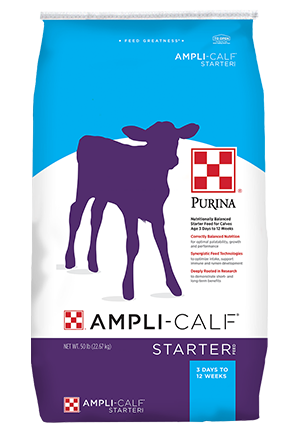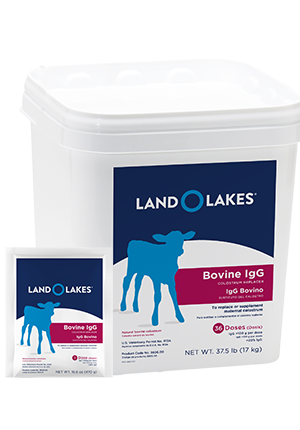
Communicating in the Calf Barn
Calf : Calf Management

Calf managers often focus on addressing sanitation, nutrition and general calf management concerns.
But, how much time is really spent addressing employee-related issues? Could communication or the lack thereof be at the root of calf management challenges?
Before assessing whether communication is a limiting factor on an operation, there are a few questions managers may want to consider:
The latter must be sure to not let the milk/milk replacer get cold before the calf consumes it, but yet pays attention to calves that are not drinking. A strong calf manager must balance immediate needs and emergencies on an operation with the long-term goals. Assigning the right person for the job is one of these decisions that will affect the long-term success of an operation.
A little education can go a long way and could pay dividends later, with increased calf health. Sanitation, feed and water bucket management, heifer movement and vaccination are other common examples where not communicating the importance of protocol could lead to long-term profit losses. Managers should encourage their employees to ask questions; open communication regarding expectations as well as changes can ease some of the burden.
Get more employee management tips from Steinhurst Dairy farm.
But, how much time is really spent addressing employee-related issues? Could communication or the lack thereof be at the root of calf management challenges?
Before assessing whether communication is a limiting factor on an operation, there are a few questions managers may want to consider:
- Do employees understand what authority they have to make decisions?
- Is there a system in place to report issues as they arise?
- Is there an open line of communication between employees and managers?
- How is the line of communication between managers and employees maintained?
- Do employees feel comfortable conveying needs and misunderstandings to rectify a problem?
- Are employees told what their specific duties are, and are their roles defined or is it a learn-as-you-go position?
Put the right people in the right place
Having the right person for the job strongly relates to calf operations. For instance, it is best that a patient, gentle person feed colostrum to newborns, whereas a fast-paced individual with an eye for detail would be a stronger fit for putting out bottles for calves.The latter must be sure to not let the milk/milk replacer get cold before the calf consumes it, but yet pays attention to calves that are not drinking. A strong calf manager must balance immediate needs and emergencies on an operation with the long-term goals. Assigning the right person for the job is one of these decisions that will affect the long-term success of an operation.
Have a plan in place and stick to it
It is not uncommon for operations to accept deviation from the ideal procedure. This often happens as managers stray away from written protocols and the new standard gets passed from employee to employee. It is important that a protocol be a working document, so that when changes are made they are documented and thought through with management. A structured training process and re-evaluation of current practices can be an effective means to prevent future miscommunication. Involve employees in this process. Engaged employees are often more satisfied with their jobs and will most likely stay with the same employer for longer periods of time.A little education can go a long way and could pay dividends later, with increased calf health. Sanitation, feed and water bucket management, heifer movement and vaccination are other common examples where not communicating the importance of protocol could lead to long-term profit losses. Managers should encourage their employees to ask questions; open communication regarding expectations as well as changes can ease some of the burden.
Acknowledge a job well done
Many well-managed calf operations and dairies strive to hold employees accountable for their duties and offer public recognition for a job well done. Offering incentives for quality work is another positive way to show employees that their work does not go unnoticed. Also, never underestimate the power of just thanking an employee or telling them that they did a good job. This is often more meaningful than other forms of recognition.Get more employee management tips from Steinhurst Dairy farm.



